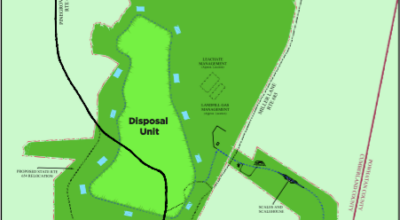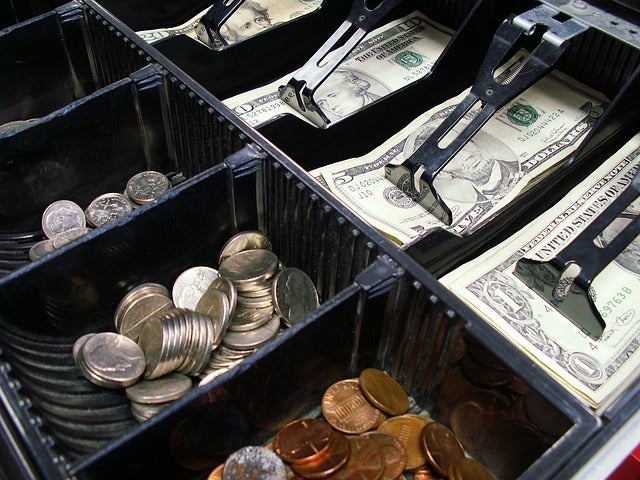10 communities get ‘Main Street’ Grants
Published 12:10 pm Thursday, March 3, 2016
By Margaret Carmel
Capital News Service
Before the rise of chain discount stores and online shopping, all across the country Main Street was the place where a town’s residents would come together.
Now, many of these once-cherished areas have fallen by the wayside as stores and restaurants turned to shuttered storefronts and empty office buildings.
To help revitalize these downtowns, Gov. Terry McAuliffe has awarded $150,000 in community development grants to 10 towns and small cities around the state as part the Virginia Main Street program.
They can use the money to renovate buildings, revitalize historic neighborhoods and attract businesses to aging downtowns.
“Main Street communities play an important role in building a new Virginia economy by energizing our downtowns, providing access to capital and creating very unique places for entrepreneurs to work and grow their businesses,” McAuliffe said.
The Virginia Department of Housing and Community Development administers the Virginia Main Street funding.
Grant recipients can use the money in different ways.
The city of Hopewell and the towns of Altavista, Blackstone and Saint Paul were awarded financial feasibility grants, which help communities conduct engineering studies and construction evaluations to repurpose specific buildings. (Hopewell will receive $15,000; Altavista and Blackstone, $10,000 each; and Saint Paul, $2,500.)
The cities of Bristol and Staunton and the towns of Bedford, Culpeper, Luray and Marion were awarded downtown investment grants.
These funds help communities implement a long-term strategy for growing downtown business districts. (Staunton will get $25,000; Bedford, Bristol and Marion, $20,000 each; Luray, $15,000; and Culpeper, $12,500.)
As a past recipient of a downtown investment grant, the Hopewell Downtown Partnership used $100,000 to help new businesses launch in the downtown business district.
“We were able to launch four new businesses: a restaurant, pizzeria, fitness center and a candy store,” said Evan Kaufman, the executive director of the Hopewell Downtown Partnership.
”We’ve taken an area that used to see a 50 percent vacancy rate, and now we’re turning it around through a combination of historical renovation, façade improvements and planning new events and festivals.”
Hopewell will use its financial feasibility grant to repurpose an empty city office building into a maker space — a workshop where residents can come and design prototypes for new business ideas that they would like to do tests on before implementing them in the community.
“It’s like a gym, but for people who like to work with their hands. It offers them a place to work with tools and make things,” Kaufman explained.
“We want to put a new use to a historic building that’s been vacant to bring a new vitality to the district.”
Staunton will use its grant for business retention.
The city will put the money toward improving the connections between downtown businesses and the surrounding communities, said Julie Markowitz, executive director of the Staunton Downtown Development Association.
“The whole idea is to connect and reconnect the community with downtown,” Markowitz said.
“We’re going to be implementing a campaign called ‘Shop Staunton’ and launching our downtown discount card.”
Staunton will also launch an event called “Staunton Stories” where residents bring in items and tell stories about their communities.
The items and stories apart of the series will be digitized and displayed in a downtown exhibit in June.





